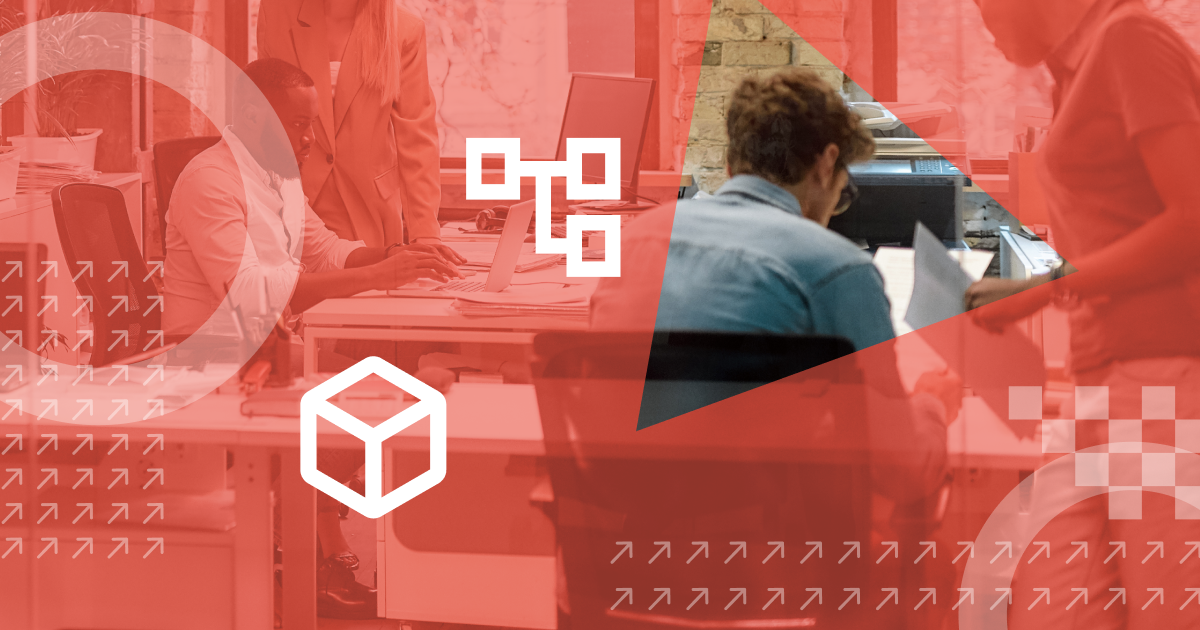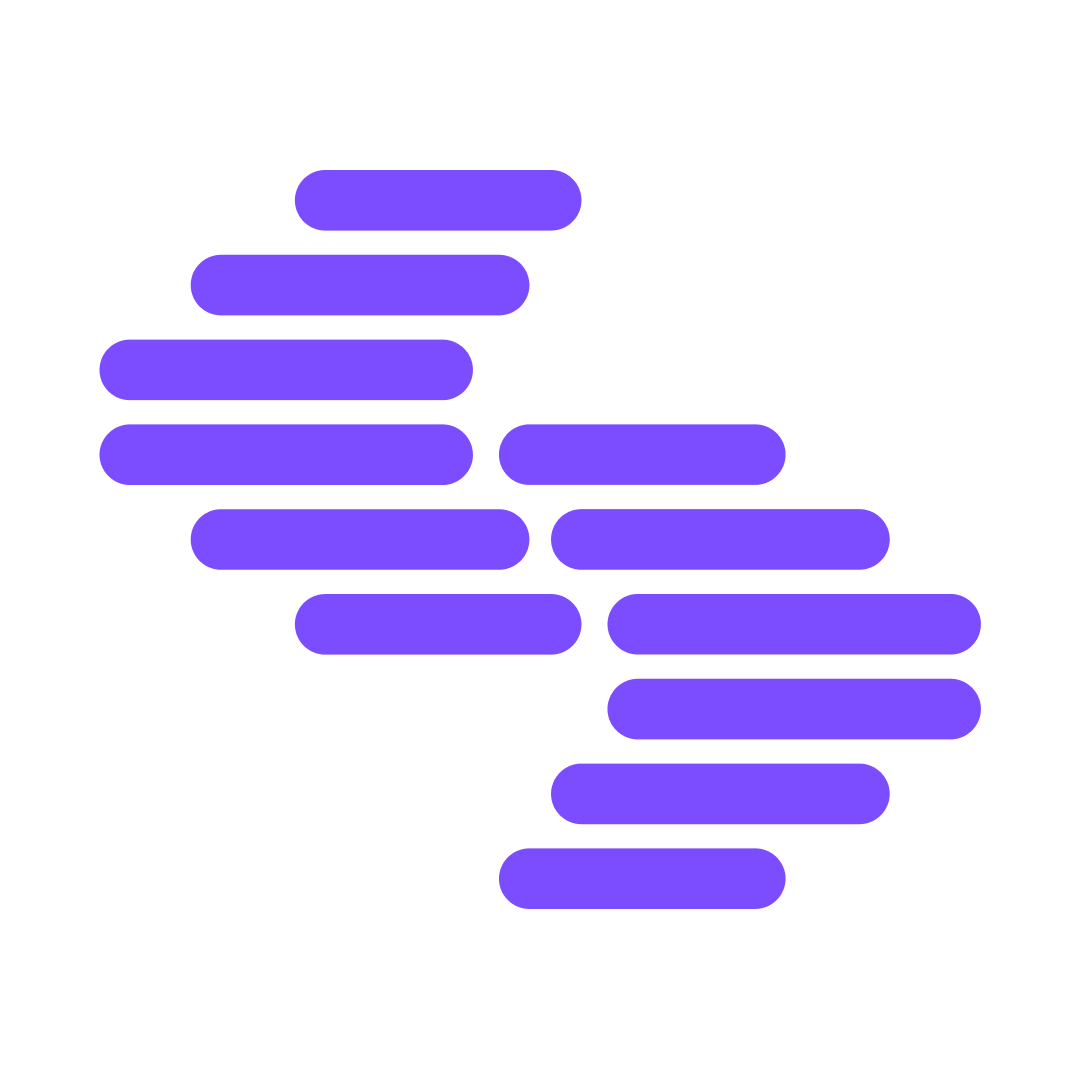Omnichannel success starts here: Why choose a headless CMS

Highlights
You'll learn:
- Security: Headless CMS offers increased security features such as personalized CDN, SSL, firewalls and limited entry points
- Flexibility: Headless CMS allows you to select your preferred technology stack, facilitating easy integration into new architectures
- Efficiency: Case study companies like Axelos and Harbor witnessed improved content publishing time and increased website traffic after implementing a headless CMS
- Customer Satisfaction: With a headless CMS, you can deliver personalized experiences across multiple channels, enhancing customer satisfaction
What is a headless CMS?
A headless CMS is a frontend agnostic content management system that relies on APIs to retrieve content displayed across multiple platforms, devices and channels. It departs from the regular traditional CMS, where the back and front end are tightly coupled.
Understanding headless CMS
We can look at "headless” from the basic concept of separating a head from the body. In this instance, the head is the frontend presentation layer. And the body is the back end or content repository.
Separating these components allows web developers to deploy any programming language to build the front end. But how can these separate systems work together to organize and distribute content? APIs make that possible.
Understanding the API-based architecture
APIs facilitate communication between front and back-end layers in the headless CMS architecture. So, the content in the back end gets transported to the front end through a set of rules known as API calls.
The two main APIs in the headless CMS architecture are GraphQL and RESTful. They allow developers to access content from the back end and present it in a proper format on any device. APIs also make it possible to deliver content across multiple channels.
But that is not all they do. The API-based architecture prevents data breaches and unauthorized access by limiting access to the content repository. They act as gatekeepers and control how the front and back end components interact.
Fast-track digital experiences with Contentstack. Need to create digital experiences quickly? Contentstack's content and editorial engine enables you to reach new markets and create digital experiences faster. Manage content with ease and speed. Start your free trial today.
Comparison between headless and traditional CMS
The headless CMS architecture follows the decoupled CMS structure. It separates the back from the front end. It works primarily as a content repository but integrates with front-end frameworks to deliver content to multiple channels and devices.
The traditional CMS architecture is the opposite. It is an all-in-one system where the front and back ends combine to form a single system. Non-technical users can find their way around a traditional CMS without any coding knowledge. But there is a trade-off. It limits their control and how much they can customize or scale.
Reasons to choose a headless CMS
There are several reasons to choose a headless CMS. Here are the most important ones to consider.
Improved website performance
A headless CMS works with static site generators and content delivery networks. That allows it to render sites into individual HTML documents, ensuring reliable and fast content delivery. It also improves website load speed, which leads to better SEO and user experience.
Omnichannel output
A headless CMS allows organizations to take charge of their multiple channels. Using APIs, developers can push content in the correct format to multiple devices and channels. That translates to consistent user experience on mobile apps, wearables, IoT devices or websites.
Reusable content
The headless system stores and organizes data in a structured way. That allows content creators and editors to reuse content without the need to modify or change the format. That saves time and resources as they do not need to create separate content for different platforms.
Customer satisfaction
Your business exists to create value for your customers. A headless CMS helps you deliver consistent and personalized content, which improves user experience. Research Epsilon shows that 80% of consumers are likely to purchase a product if brands personalize their experience.
Extra security
This is another reason to choose a headless CMS. Since the architecture does not have a predefined front end, it reduces vulnerability to malicious attacks. Unlike traditional CMSes, it also does not have plugins or themes for the presentation layer. That ensures there are fewer entry points for hackers or other bad-faith actors.
Flexibility and control
A developer can use any technology stack to build the front-end presentation layer, whether Angular, Vue.Js or React. That flexibility is not possible in a traditional CMS. Headless CMS platforms also come with built-in integration for e-commerce and marketing tools.
RetailMeNot benefitted from the flexibility of headless CMS. Gary Newcomb, the Principal Engineer, said, “We wanted to make sure we had that level of decoupling from the beginning so that we could make lots of choices, make changes and be more agile.”
The benefits of implementing a headless CMS
By implementing a headless CMS like Contentstack for your business, you will enjoy access to a structured content model. You will also improve your SEO and save money due to its ability to integrate with existing and new frameworks.
How headless CMS enhances content management
Organizations can manage content in one place, with the content creation layer separate from the presentation layer. They can also customize content for each platform. Aside from improving content management workflows, a headless CMS makes content easily accessible and consistent across different platforms.
The RESTful API ensures the content model is structured, leading to a structured delivery. So, headless CMSes also save time because content editors and creators do not spend time adapting content for different platforms.
The role of headless CMS in omnichannel output
Omnichannel output relies on consistency and personalization. And headless CMSes excel at that. Users can access content through websites, e-kiosks, wearables, augmented and virtual reality (AR/VR) and more. The headless CMS delivers content in a consistent format that fits the device or platform.
A headless content management system enhances omnichannel output by helping organizations deliver a consistent and personalized experience to their customers across multiple channels, irrespective of the device.
Overcoming the learning curve with headless CMS
Understanding the headless CMS setup can be challenging for developers and content creators already used to a traditional CMS. They need to know how the RESTful and GraphQL APIs work and how to work with the front-end frameworks.
Also, separating the front and back end layers requires technical expertise to integrate and use the system. So, organizations must provide adequate training during the transition period. That could include tutorials, demos, documentation and vendor support.
You may also use built-in features and related products from the CMS provider. For instance, the Contentstack digital experience also has products like full-stack automation, front-end hosting and apps and integrations. These features give developers all they need within the same ecosystem.
Flexibility and integration possibilities with a headless CMS
The primary quality of the headless CMS is flexibility. While a traditional CMS locks you into specific compatible frameworks, a headless CMS allows developers to deploy any front-end frameworks of their choice.
It also allows integration with various systems and tools, such as marketing, e-commerce and SEO tools. The flexibility of a headless CMS also makes it suitable for use in microservice architecture and as an extra component of a composable commerce system.
They also have a modular design. That means they can fit into new architectures without doing more than necessary. That helps organizations because they can add or remove systems without changing everything.
Finally, with its decoupled approach, the development team does not need to know how to use the CMS. They can focus on developing their front-end technology and rely on APIs to retrieve content.
Increased security features in a headless CMS
Aside from all the other benefits of the headless CMS architecture, it also provides a secure platform that ensures organizations have peace of mind.
Security measures available in headless CMS
Headless CMSes come with Personalized CDN, SSL and firewalls. It is also easy to secure the system because it does not have multiple entry points. So, even if there is a breach, you can quickly identify the source.
Comparison with the security features of traditional CMS
Unlike a traditional CMS, there is no link between the back and front end. So, you will not have a predetermined front end. If hackers penetrate the content database, they cannot take the system offline.
Since you have control over the back-end layer, you can also control IP access. APIs also play their part in securing a headless CMS. Unlike conventional CMS, APIs facilitate communication among the separated layers, limiting system vulnerability.
Also, many traditional CMS features, such as plugins and themes, make it vulnerable to attacks. These features create multiple entry points that hackers can take advantage of.
Improving customer satisfaction using a headless CMS
When brands personalize the experience of consumers, it increases the likelihood of purchase. Headless CMS helps organizations to create personalized experiences for their customers.
IDC MarketScape recognizes Contentstack's excellence, naming us a Leader in Headless CMS by IDC MarketScape, Contentstack demonstrates a future-proof CMS strategy, R&D pace in innovation, and exceptional customer delivery. Discover how we can elevate your digital experiences. Request a demo to learn more.
Success stories
Many organizations are implementing a headless CMS architecture and reaping the benefits. Here are some instances.
Axelos
Axelos relied on a legacy CMS with predefined templates and themes. It had a rigid database and a complex user interface. It also required hard coding anytime they wanted to retrieve content from the database.
The setup increased their cost and limited their ability to push content as fast as they wanted. The organization settled on Contentstack as it would enable them to design a suitable front end. They also wanted a system that would give them control over how they display their content.
By partnering with Contentstack, Axelos reduced content publishing time by 50%. They also reduced new feature development time by 70% and increased website traffic by 80%.
According to Indu Gopinath, IT & Outsourcing director, “Contentstack has enabled us to manage content thousands of times faster,” Gopinath stated further. “The end user can access our material without needing the development team to make it usable.”
Axelos is one of the companies reaping the benefits of the Contentstack digital experience platform. Read the full case study about how Axelos reimagined content marketing and portal experience with Contentstack.
Harbor
The marketing team at Harbor had requested a website and CMS revamp from the development team. They estimated it would take around one year to implement the changes. That was too long. So, they decided to go the route of a headless CMS solution.
They chose the Contentstack headless CMS because they found it easy to use. It also included options like the Modular block, which other CMS providers do not have.
“One of the biggest benefits of Contentstack is the ease of use. I think anyone in our company could go into the system, and if they know the content type, they can manage the content,” said Jason Hagen, software architect at Harbor Capital Advisors.
By working with Contentstack, Harbor Capital advisors began to publish content faster and reduced developer time by 75%. They also increased the volume of published content by 75%. Harbor's story is one of many enjoying the benefits of a headless CMS solution.
Read the entire case study about how choosing Contentstack paid off for Harbor capital advisors.
Omnichannel content: A major advantage of headless CMS
As the name suggests, it is the practice of reproducing content in various formats for multiple channels. It centralizes information with the content management system, which allows easy duplication and distribution.
Reusable content also helps you maintain consistency while streamlining your operations. Finally, content reuse saves you time and resources that would otherwise go to producing new content.
FAQs
What is a headless CMS?
It is a front-end agnostic, back-end-only content management system that uses a decoupled system and works with APIs to deliver consistent content experience.
How does a headless CMS differ from a traditional CMS?
A headless CMS separates the back and front end and works with any framework on the front end, while a traditional CMS combines both parts. A conventional CMS also has several entry points, like plugins and templates, while a headless CMS works with APIs.
Why should I consider a headless CMS for my website?
A headless CMS will increase your website load speed and help you manage and organize content. It will also help you streamline your content delivery. These factors will improve your SEO and your brand visibility.
What are some examples of websites that use a headless CMS?
Large organizations like Icelandair, Axelos and the Miami Heat use a headless CMS on their website.
How does a headless CMS improve customer satisfaction?
It helps organizations personalize the content they deliver to their users. It also delivers consistent content irrespective of the device or digital channel. That improves user experience.
What is reusable content in the context of a headless CMS?
Reusable content is any form that can be reproduced or repurposed to be distributed on multiple platforms and channels.
Learn more
Like the testimonials from Axelos and Harbor show, choosing a headless CMS for your website can be the difference between good and excellent. A headless CMS can help you elevate your performance to deliver better experiences to your audience. Transform your website's performance today. Choose a headless CMS and experience the difference. Request a free demo to start implementing a headless CMS for your organization.
Last update: March 16
About Contentstack
The Contentstack team comprises highly skilled professionals specializing in product marketing, customer acquisition and retention, and digital marketing strategy. With extensive experience holding senior positions at renowned technology companies across Fortune 500, mid-size, and start-up sectors, our team offers impactful solutions based on diverse backgrounds and extensive industry knowledge.
Contentstack is on a mission to deliver the world’s best digital experiences through a fusion of cutting-edge content management, customer data, personalization, and AI technology. Iconic brands, such as AirFrance KLM, ASICS, Burberry, Mattel, Mitsubishi, and Walmart, depend on the platform to rise above the noise in today's crowded digital markets and gain their competitive edge.
In January 2025, Contentstack proudly secured its first-ever position as a Visionary in the 2025 Gartner® Magic Quadrant™ for Digital Experience Platforms (DXP). Further solidifying its prominent standing, Contentstack was recognized as a Leader in the Forrester Research, Inc. March 2025 report, “The Forrester Wave™: Content Management Systems (CMS), Q1 2025.” Contentstack was the only pure headless provider named as a Leader in the report, which evaluated 13 top CMS providers on 19 criteria for current offering and strategy.
Follow Contentstack on LinkedIn.






.svg?format=pjpg&auto=webp)
.svg?format=pjpg&auto=webp)
.png?format=pjpg&auto=webp)






.png?format=pjpg&auto=webp)


